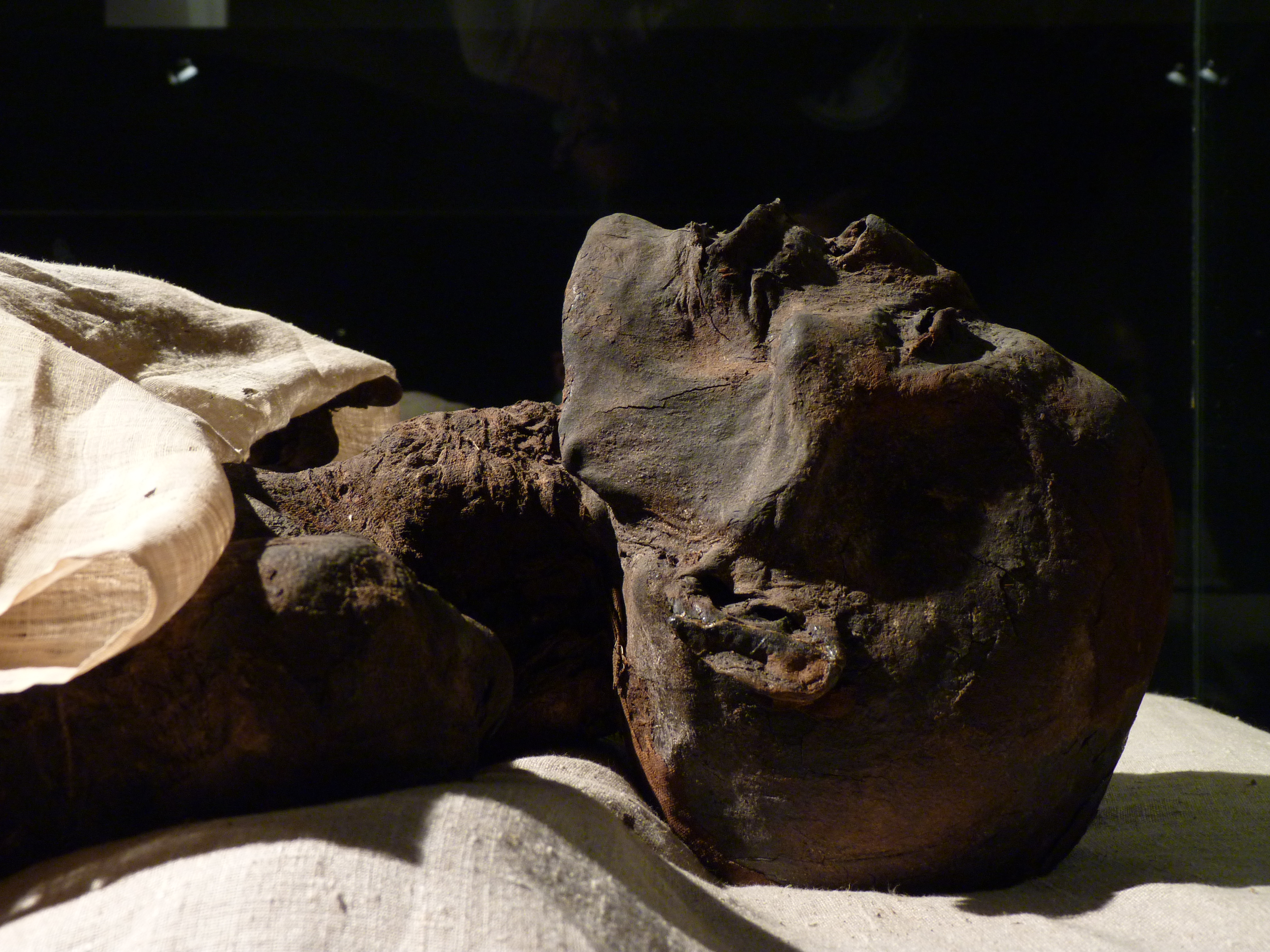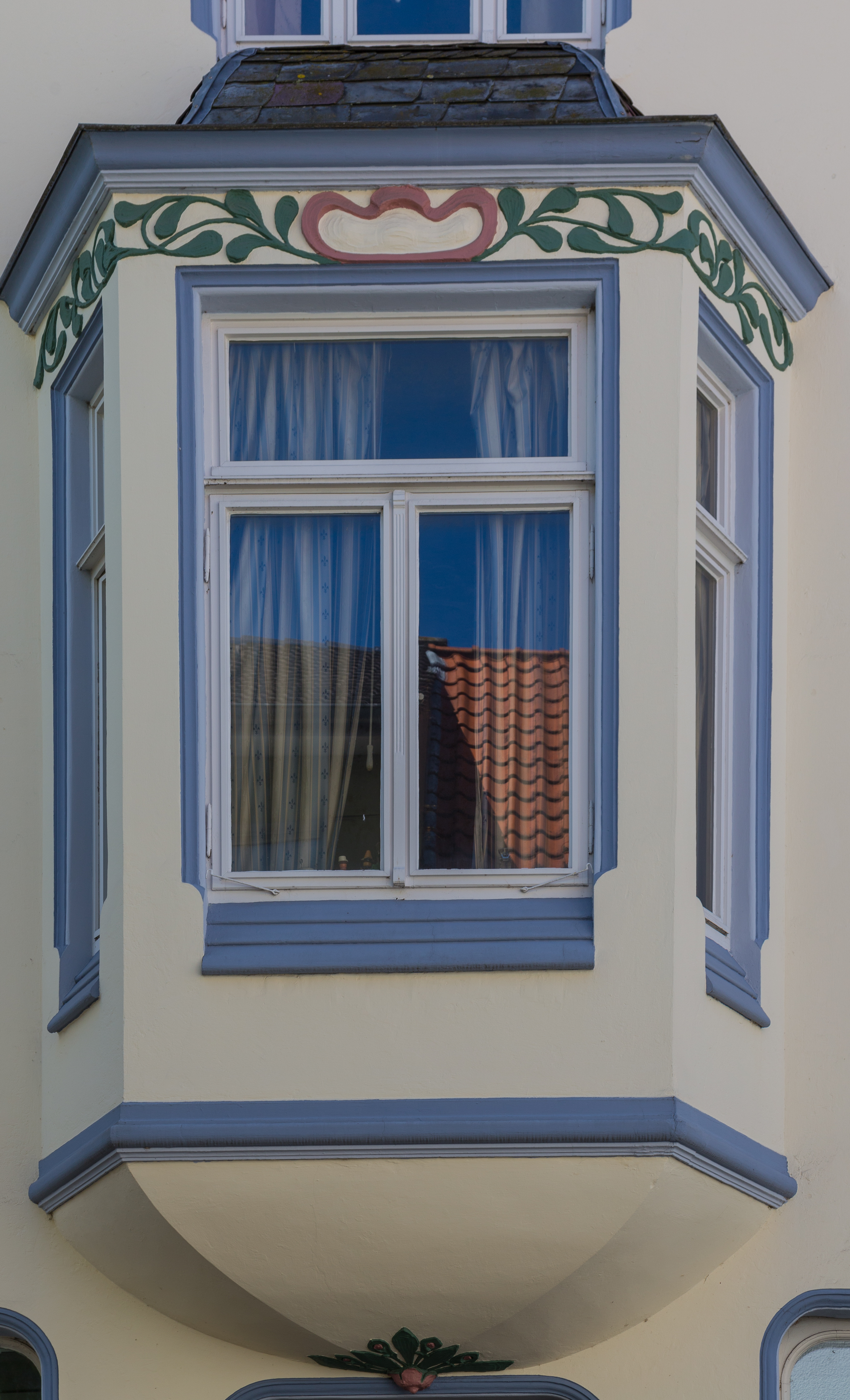|
Southside Historic District (Racine, Wisconsin)
The Southside Historic District is a large, prestigious historic neighborhood in Racine, Wisconsin, including over 500 contributing structures in various architectural styles. It was added to the National Register of Historic Places in 1977. Select Buildings Contributing buildings in the district were built from 1842 to 1924. Here is a selection roughly in the order built: * The William and Eliza Hunt house at 1247 S. Main Street is a Greek Revival-styled house with a portico supported by four Ionic columns. Hunt had it built in the 1840s at the corner of Ninth and Main Streets. Henry Mitchell later had it moved to Ninth and Lake. Mrs. J.W. Knight had it moved in 1912 to its present location. * The Wallis house at 820 S. Main Street was begun around 1849 by Isaac Taylor, a lumber merchant. Its style is Greek Revival. Alexander McClurg, president of the City Bank of Racine and railroad entrepreneur, bought it in 1854. Jerome I. Case bought the house in 1887 to give to his dau ... [...More Info...] [...Related Items...] OR: [Wikipedia] [Google] [Baidu] |
Racine, Wisconsin
Racine ( ) is a city in and the county seat of Racine County, Wisconsin, United States. It is located on the shore of Lake Michigan at the mouth of the Root River. Racine is situated 22 miles (35 km) south of Milwaukee and approximately 60 miles (100 km) north of Chicago. It is the principal city of the US Census Bureau's Racine metropolitan area (consisting only of Racine County). The Racine metropolitan area is, in turn, counted as part of the Milwaukee combined statistical area. As of the 2020 U.S. Census, the city had a population of 77,816, making it the 5th largest city in Wisconsin. In January 2017, it was rated "the most affordable place to live in the world" by the Demographia International Housing Affordability survey. Racine is the headquarters of a number of industries, including J. I. Case heavy equipment, S. C. Johnson & Son cleaning and chemical products, Dremel Corporation, Reliance Controls Corporation time controls and transfer switches, Twin Di ... [...More Info...] [...Related Items...] OR: [Wikipedia] [Google] [Baidu] |
Mummy
A mummy is a dead human or an animal whose soft tissues and organs have been preserved by either intentional or accidental exposure to chemicals, extreme cold, very low humidity, or lack of air, so that the recovered body does not decay further if kept in cool and dry conditions. Some authorities restrict the use of the term to bodies deliberately embalmed with chemicals, but the use of the word to cover accidentally desiccated bodies goes back to at least 1615 AD (see the section Etymology and meaning). Mummies of humans and animals have been found on every continent, both as a result of natural preservation through unusual conditions, and as cultural artifacts. Over one million animal mummies have been found in Egypt, many of which are cats. Many of the Egyptian animal mummies are sacred ibis, and radiocarbon dating suggests the Egyptian Ibis mummies that have been analyzed were from time frame that falls between approximately 450 and 250 BC. In addition to the mumm ... [...More Info...] [...Related Items...] OR: [Wikipedia] [Google] [Baidu] |
Bay Window
A bay window is a window space projecting outward from the main walls of a building and forming a bay in a room. Types Bay window is a generic term for all protruding window constructions, regardless of whether they are curved or angular, or run over one or multiple storeys. In plan, the most frequently used shapes are isosceles trapezoid (which may be referred to as a ''canted bay window'') and rectangle. But other polygonal shapes with more than two corners are also common as are curved shapes. If a bay window is curved it may alternatively be called '' bow window.'' Bay windows in a triangular shape with just one corner exist but are relatively rare. A bay window supported by a corbel, bracket or similar is called an oriel window. "Rawashin" is a traditional and distinctive style of corbelled bay window in Jeddah, Saudi Arabia (e.g., as on the frontage of Nasseef House). Uses Most medieval bay windows and up to the Baroque era are oriel windows. They frequently ap ... [...More Info...] [...Related Items...] OR: [Wikipedia] [Google] [Baidu] |
Mitchell-Lewis Motor Company
Mitchell was a major Brass Era car, brass-era automobile marque in Racine, Wisconsin, from 1903 to 1923. History Wisconsin Wheel Works was established in the 1890s by the Wainwright (occupation), wagon maker Mitchell & Lewis Company, Ltd. to manufacture bicycles and developed a motorcycle in 1900. The company began manufacturing automobiles in 1903 as the Mitchell Motor Car Company. Motor Cars The company's first models were a Chain drive, chain driven and Water cooling, water-cooled Four-stroke engine, four-stroke 4Horsepower, hp and Two-stroke engine, two-stroke 7hp Runabout (automobile), runabout, with tiller steering and a two-speed Epicyclic gearing, planetary transmission. The cars were designed by John W. Bates, a Chicago engineer. 1904 brought Air cooling, air-cooling and the addition of a Engine configuration, four-cylinder model . By 1907 four-cylinders only were produced, improved with shaft drive on all models and all engines water-cooled. Mitchell participated i ... [...More Info...] [...Related Items...] OR: [Wikipedia] [Google] [Baidu] |
Gambrel
A gambrel or gambrel roof is a usually symmetrical two-sided roof with two slopes on each side. (The usual architectural term in eighteenth-century England and North America was "Dutch roof".) The upper slope is positioned at a shallow angle, while the lower slope is steep. This design provides the advantages of a sloped roof while maximizing headroom inside the building's upper level and shortening what would otherwise be a tall roof. The name comes from the Medieval Latin word ''gamba'', meaning horse's hock or leg. The term ''gambrel'' is of American origin, the older, European name being a curb (kerb, kirb) roof. Europeans historically did not distinguish between a gambrel roof and a mansard roof but called both types a mansard. In the United States, various shapes of gambrel roofs are sometimes called Dutch gambrel or Dutch Colonial gambrel with bell-cast eaves, Swedish, German, English, French, or New England gambrel. The cross-section of a gambrel roof is similar to t ... [...More Info...] [...Related Items...] OR: [Wikipedia] [Google] [Baidu] |
Dutch Colonial Revival
Dutch Colonial is a style of domestic architecture, primarily characterized by gambrel roofs having curved eaves along the length of the house. Modern versions built in the early 20th century are more accurately referred to as "Dutch Colonial Revival", a subtype of the Colonial Revival style. History The modern use of the term is to indicate a broad gambrel roof with flaring eaves that extend over the long sides, resembling a barn in construction. The early houses built by settlers were often a single room, with additions added to either end (or short side) and very often a porch along both long sides. Typically, walls were made of stone and a chimney was located on one or both ends. Common were double-hung sash windows with outward swinging wood shutters and a central double Dutch door. Settlers of the Dutch colonies in New York, Delaware, New Jersey, and western Connecticut built these homes in ways familiar to the regions of Europe from which they came, like the Low Cou ... [...More Info...] [...Related Items...] OR: [Wikipedia] [Google] [Baidu] |
American Civil War
The American Civil War (April 12, 1861 – May 26, 1865; also known by other names) was a civil war in the United States. It was fought between the Union ("the North") and the Confederacy ("the South"), the latter formed by states that had seceded. The central cause of the war was the dispute over whether slavery would be permitted to expand into the western territories, leading to more slave states, or be prevented from doing so, which was widely believed would place slavery on a course of ultimate extinction. Decades of political controversy over slavery were brought to a head by the victory in the 1860 U.S. presidential election of Abraham Lincoln, who opposed slavery's expansion into the west. An initial seven southern slave states responded to Lincoln's victory by seceding from the United States and, in 1861, forming the Confederacy. The Confederacy seized U.S. forts and other federal assets within their borders. Led by Confederate President Jefferson ... [...More Info...] [...Related Items...] OR: [Wikipedia] [Google] [Baidu] |
Prussia
Prussia, , Old Prussian: ''Prūsa'' or ''Prūsija'' was a German state on the southeast coast of the Baltic Sea. It formed the German Empire under Prussian rule when it united the German states in 1871. It was ''de facto'' dissolved by an emergency decree transferring powers of the Prussian government to German Chancellor Franz von Papen in 1932 and ''de jure'' by an Allied decree in 1947. For centuries, the House of Hohenzollern ruled Prussia, expanding its size with the Prussian Army. Prussia, with its capital at Königsberg and then, when it became the Kingdom of Prussia in 1701, Berlin, decisively shaped the history of Germany. In 1871, Prussian Minister-President Otto von Bismarck united most German principalities into the German Empire under his leadership, although this was considered to be a " Lesser Germany" because Austria and Switzerland were not included. In November 1918, the monarchies were abolished and the nobility lost its political power durin ... [...More Info...] [...Related Items...] OR: [Wikipedia] [Google] [Baidu] |
Queen Anne Architecture (United States)
Queen Anne style architecture was one of a number of popular Victorian architectural styles that emerged in the United States during the period from roughly 1880 to 1910. Popular there during this time, it followed the Second Empire and Stick styles and preceded the Richardsonian Romanesque and Shingle styles. Sub-movements of Queen Anne include the Eastlake movement. The style bears almost no relationship to the original Queen Anne style architecture in Britain (a toned-down version of English Baroque that was used mostly for gentry houses) which appeared during the time of Queen Anne, who reigned from 1702 to 1714, nor of Queen Anne Revival (which appeared in the latter 19th century there). The American style covers a wide range of picturesque buildings with "free Renaissance" (non- Gothic Revival) details, rather than being a specific formulaic style in its own right. The term "Queen Anne", as an alternative both to the French-derived Second Empire style and the less "dome ... [...More Info...] [...Related Items...] OR: [Wikipedia] [Google] [Baidu] |
Pediment
Pediments are gables, usually of a triangular shape. Pediments are placed above the horizontal structure of the lintel, or entablature, if supported by columns. Pediments can contain an overdoor and are usually topped by hood moulds. A pediment is sometimes the top element of a portico. For symmetric designs, it provides a center point and is often used to add grandness to entrances. The tympanum, the triangular area within the pediment, is often decorated with a pedimental sculpture which may be freestanding or a relief sculpture. The tympanum may hold an inscription, or in modern times, a clock face. Pediments are found in ancient Greek architecture as early as 600 BC (e.g. the archaic Temple of Artemis). Variations of the pediment occur in later architectural styles such as Classical, Neoclassical and Baroque. Gable roofs were common in ancient Greek temples with a low pitch (angle of 12.5° to 16°). History The pediment is found in classical Greek templ ... [...More Info...] [...Related Items...] OR: [Wikipedia] [Google] [Baidu] |
Neoclassical Revival
Neoclassical architecture is an architectural style produced by the Neoclassical movement that began in the mid-18th century in Italy and France. It became one of the most prominent architectural styles in the Western world. The prevailing styles of architecture in most of Europe for the previous two centuries, Renaissance architecture and Baroque architecture, already represented partial revivals of the Classical architecture of ancient Rome and (much less) ancient Greek architecture, but the Neoclassical movement aimed to strip away the excesses of Late Baroque and return to a purer and more authentic classical style, adapted to modern purposes. The development of archaeology and published accurate records of surviving classical buildings was crucial in the emergence of Neoclassical architecture. In many countries, there was an initial wave essentially drawing on Roman architecture, followed, from about the start of the 19th century, by a second wave of Greek Revival architect ... [...More Info...] [...Related Items...] OR: [Wikipedia] [Google] [Baidu] |







_-_facade_on_Piazza_dei_signori.jpg)